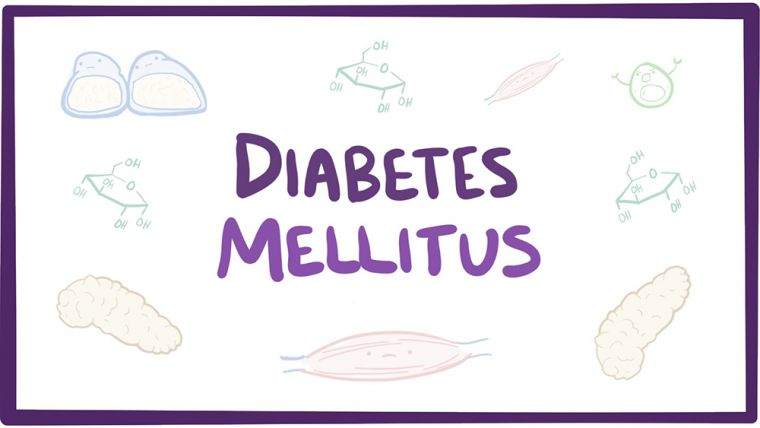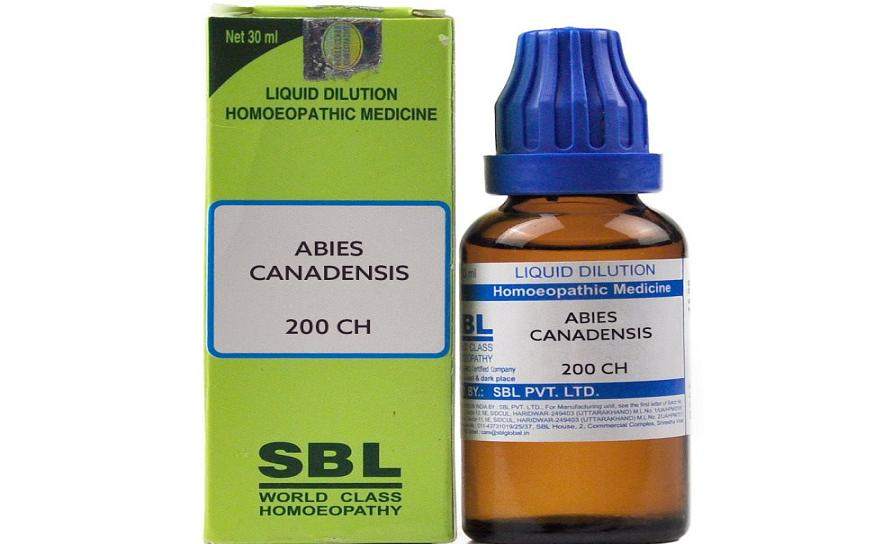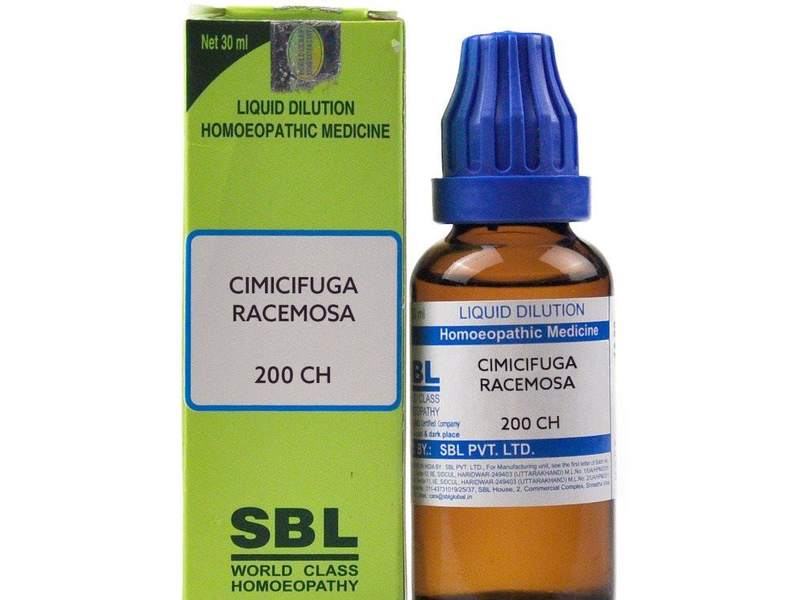Homeopathy Medicine for Diabetes and Its Bad Effects
₹1,678.00 Original price was: ₹1,678.00.₹1,166.00Current price is: ₹1,166.00.
Homeopathy Medicine for Diabetes and Its Bad Effects
Abroma aug. Q (Thrice a day) 10 drops in ½ cup of water: Leucorrhea of diabetic ladies. Thick, whitish discharge and dysmenorrhea. White ulcers at the mouth of prepuce caused by the sugar in the urine.
Acidum phos. Q (Thrice a day) 10 drops in ½ cup of water: Reduced vision due to diabetes. Mental and physical debility. Impaired memory. Cannot collect his thoughts or find the right words to express himself. Eye lens are sensitive to blood sugar changes and too high levels of sugar can cause it to swell and change shape thus altering its optical properties.
Argentum nit. (Thrice a day): Useful in restoring power to the weakened ciliary muscles.
Alloxanum: Persistent skin diseases like acne, boils and itching eczema are cured by use of this remedy.
Arsenicum alb. 200 (One dose daily): Diabetic gangrene.
Cephalandra Q (Thrice a day), Syzygium jamb. Q (Thrice a day): For cure of old ulcers in diabetic patients.
Carbolicum acidum (Thrice a day): Carbuncle of diabetic patients.
Coca or Moschus or Cuprum met. or Acidum phos. (Thrice a day): Impotency due to diabetes.
Curare (Thrice a day): Motor paralysis.
Dolichos (Thrice a day): Itching of diabetic patients without eruptions around the shoulders, knees and elbows. Worse at night.
Graphites 200 (One dose only) Repeat once a week: For various complications arising on account of diabetes.
Helonias (Thrice a day): Restlessness and thirst due to diabetes. It is also indicated in melancholia and emaciation.
Hepar Sulphuris (Thrice a day): Slightest injury suppurates. Steam of urine falls vertically and without force.
Insulinum 3x (Thrice a day): Persistent skin irritation, boils, ulcers of varicose, carbuncles and itching eczema.
Ranunculus bulb. (Thrice a day): Diabetic coma. In such a case, give sugar in any liquid form immediately. When the patient regains consciousness, give the indicated remedy. The condition is called hypoglycaemia. Alumina silicate 200 – one dose a week cures.
Vanadium (Thrice a day): It helps to stabilise blood sugar levels.
Zincum met. (Thrice a day): Diabetes having effect on brain and the spine resulting in convulsive twitching and troublesome uneasiness of the nerves and muscles of arms and legs with an irresistible desire to change position. Involuntary urination when walking, coughing or sneezing. Involuntary motion of legs and feet when asleep.
NOTE 1: Tiny cells in the pancreas called “islet cells” produce the hormone insulin which breaks down carbohydrates into blood sugar. In diabetic patients, the patient’s own white cells accumulate in the pancreas, attack and destroy the islet cells, thus producing diabetes. Islet cells are also called “beta cells” and are scattered like grains of sand throughout the pancreas.
NOTE 2: Diet plays an important role in treatment of diabetes. Attention should be given to the foods eaten and the quantities consumed. Here are a few tips for healthy eating:
- Eat complex carbohydrates like whole wheat, bread, oats, etc. They are absorbed slowly into the blood stream to give more time to the pancreas to produce an adequate quantity of insulin.
- Cauliflower, broccoli, tomatoes, cabbage, radish, celery, bitter guard and clear soups are good.
- Fruits like papaya, melon, grapefruits, guava, oranges are also good diet.
- Avoid legs and thigh of chicken or other birds and eat the white meat of breast instead.
NOTE 3: Juvenile (Type 1) Diabetes strikes children and retards their growth. For it, insulin in no cure. It only helps the patient to stay alive but it does not prevent eventual devastating complications like kidney failure, blindness, nerve damage, amputations, heart attack and stroke. Such patients are prescribed multiple insulin injections daily and the blood sugar is tested several times a day in allopathic treatment.
Related products
Homeopathic Medicine
Homeopathic Medicine
Abies Canadensis Homeopathic Medicine – Abies Canadensis Uses
Homeopathic Medicine
Homeopathic Medicine
Antimonium Crudum ( Antim Crud ) – Antimonium Crudum Materia Medica
Homeopathic Medicine
Anacardium Orientale Homeopathic – Anacardium Orientale Benefits
Homeopathic Medicine
Homeopathic Medicine
Homeopathic Medicine











